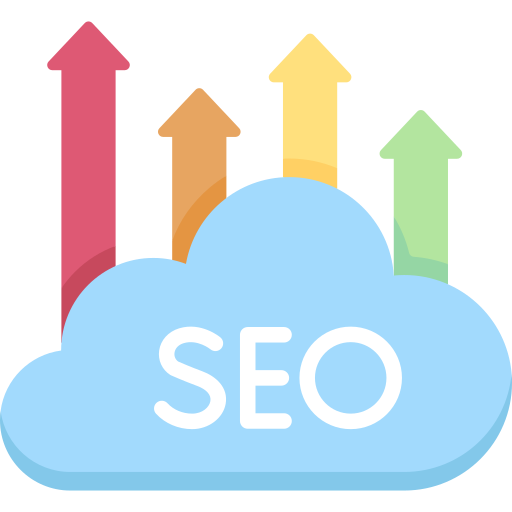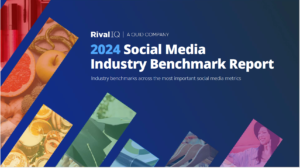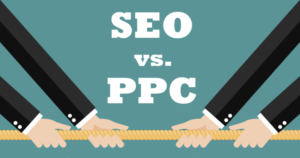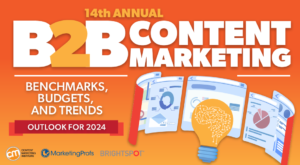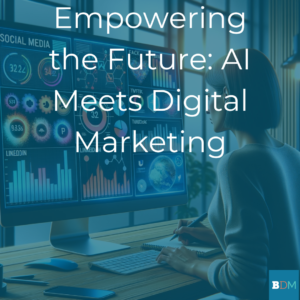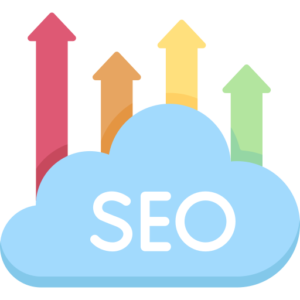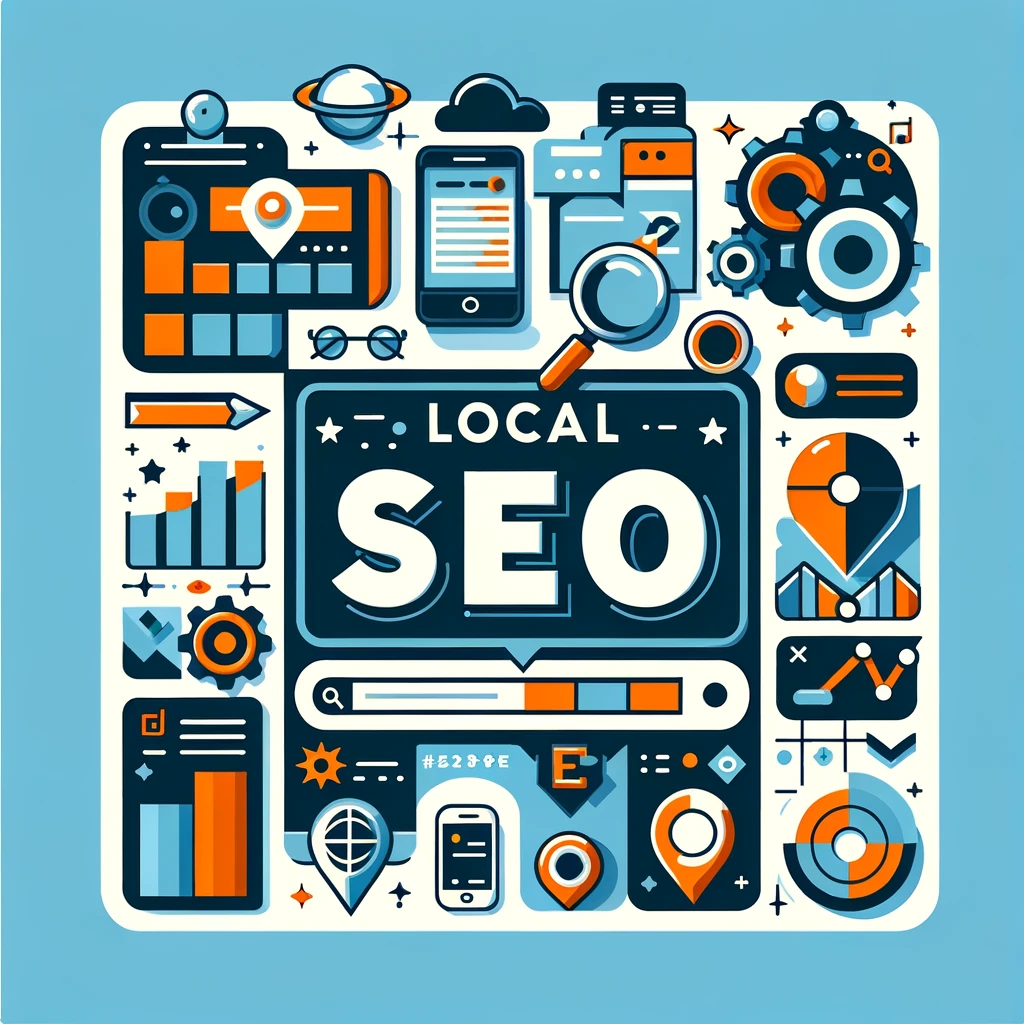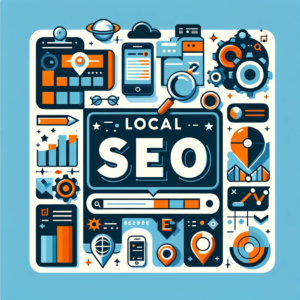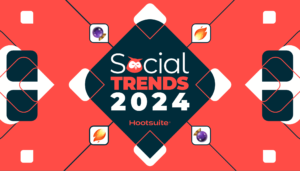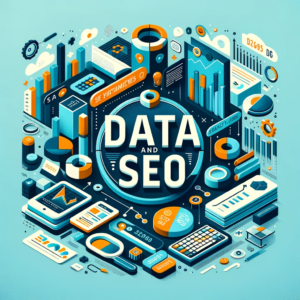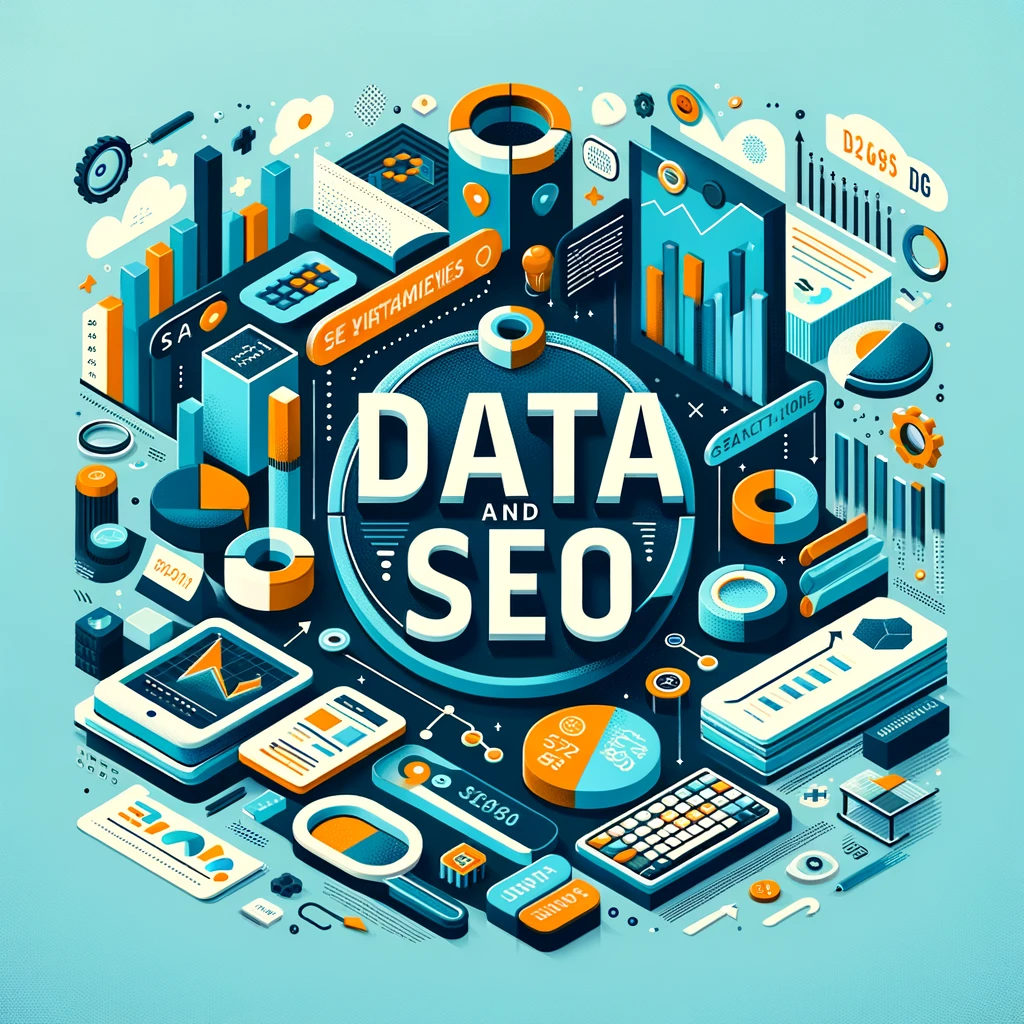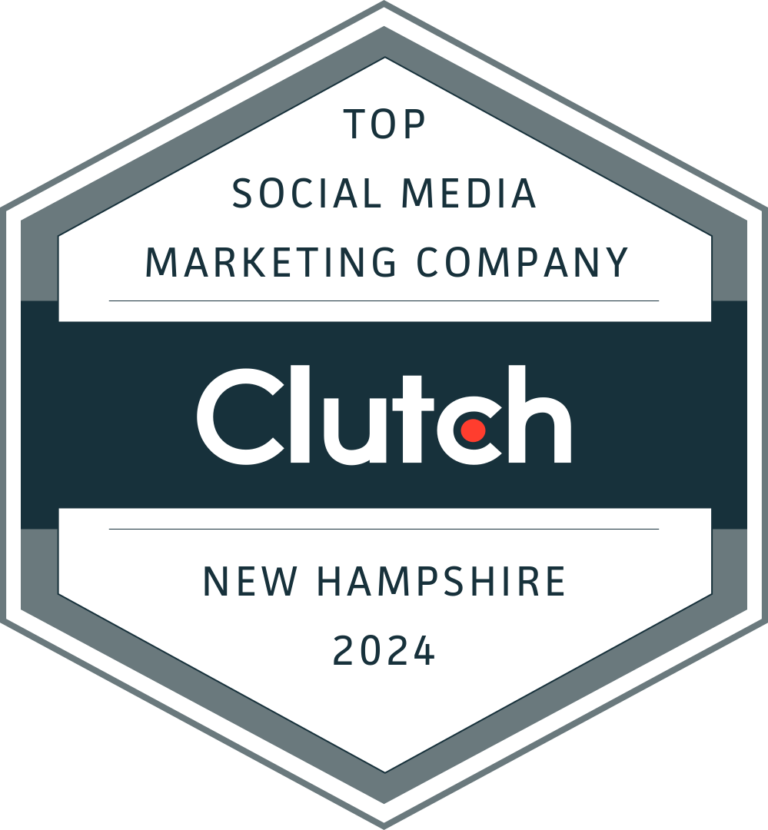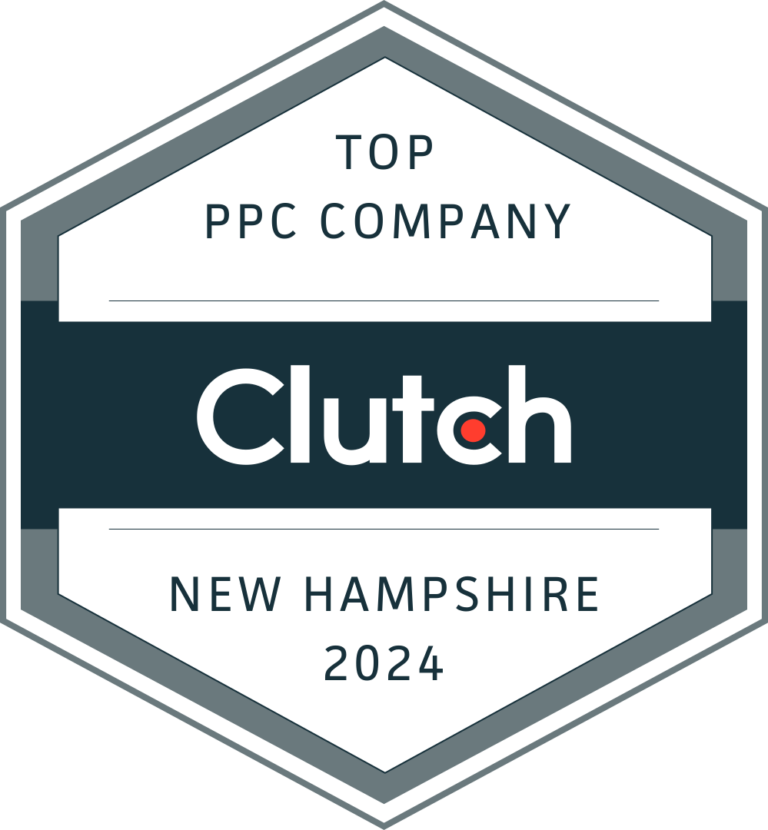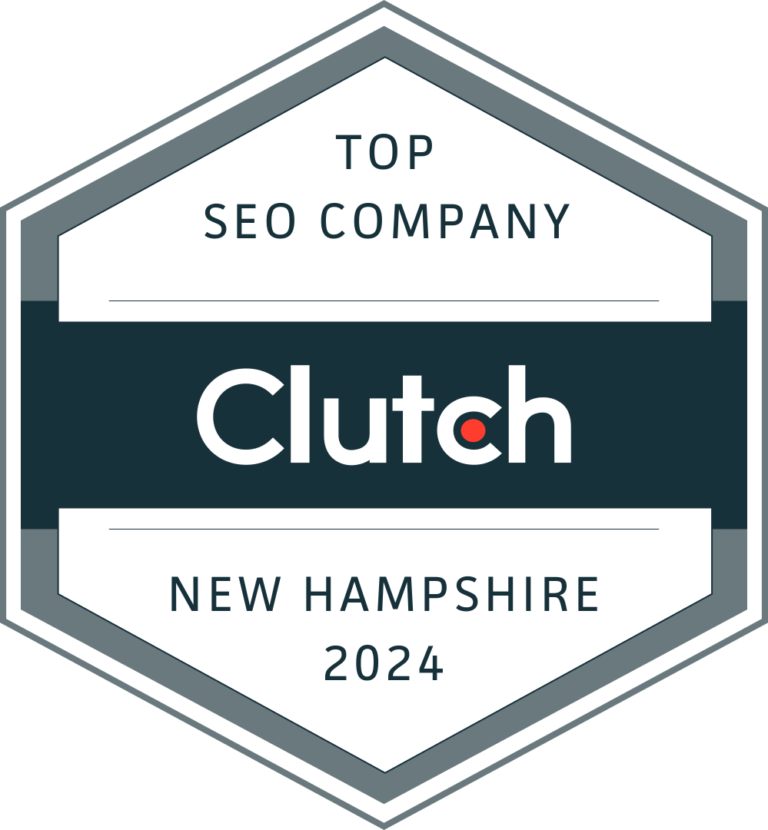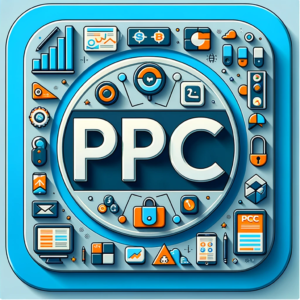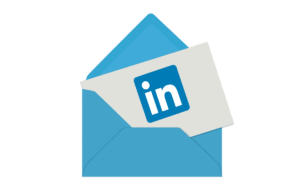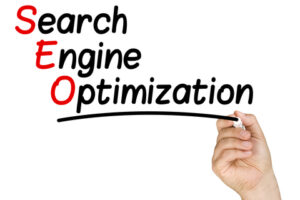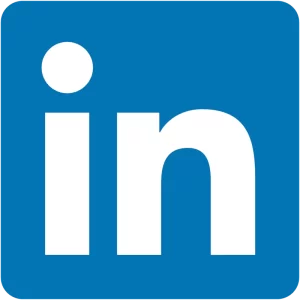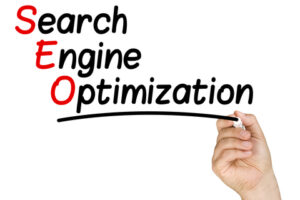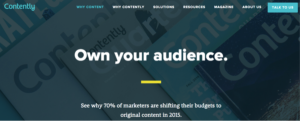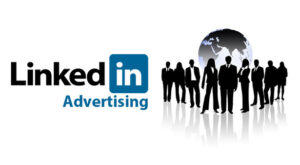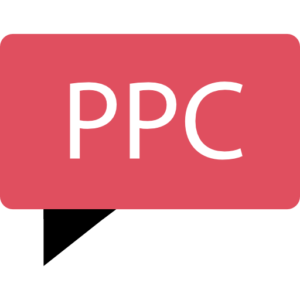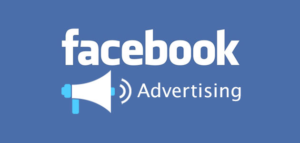The Executive's Checklist For Choosing An SEO Agency
In the digital age, businesses cannot afford to ignore search engine optimization. Yet finding the right SEO agency can be a challenge for executives, especially with countless options vying for their business. So how can you identify the agency that will drive results for your company? Here are three criteria to consider when making your choice.
1. SEO agency expertise
When selecting an SEO agency, you’ll want to consider the level of expertise they can offer your business. Do they have experience working with businesses in your industry? Do they understand the unique challenges that come with ranking for your particular keywords? The SEO agency you choose should be able to demonstrate their ability to help businesses like yours achieve success online.
At Braveheart Digital Marketing we have over 20 years of experience implementing SEO strategies for a wide range of companies. From some of the biggest names in the country like Gillette Fusion, Biography, TOMS, GE, Ipswitch, Trip Advisor, and Crest to local New England companies like Air Filter Sales, Vermont Carts, Brady Sullivan, Ash Street Inn and ADEK Computers.
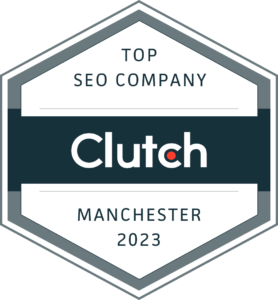
2. SEO Agency Size
The size of the SEO agency you choose is also an important consideration. A large, international agency may have the resources and reach to get your website ranking in competitive global markets. But when selecting an SEO agency, you’ll want to consider the level of expertise they can offer your business. Do they have experience working with businesses in your industry? Do they understand the unique challenges that come with ranking for your particular keywords? Who will be directly working on your account?
The SEO agency you choose should be able to demonstrate their ability to help businesses like yours achieve success online. might also be less nimble and more expensive than a smaller, regional agency. On the other hand, a small SEO agency might not have the same level of resources and experience, but they could be more affordable and easier to work with. Ultimately, the size of the SEO agency you choose should be based on your needs and budget.
One issue with larger sized agencies is that the work gets handled by a recent college graduate, who has little experience. That is not the case here at Braveheart where our senior leaders are the ones who are actively in your account every day making changes and recommendations.
3. SEO Agency Location
Another factor to consider when choosing an SEO agency is location. If you’re a local business, it might make sense to choose a local SEO agency that understands the nuances of ranking in your city or town. Or if you’re looking to target a national or international market, you’ll want an SEO agency with the experience and ability
When selecting an SEO agency, you’ll want to consider the level of expertise they can offer your business. Do they have experience working with businesses in your industry? Do they understand the unique challenges that come with ranking for your particular keywords? The SEO agency you choose should be able to demonstrate their ability to help businesses like yours achieve success online.
FAQs about choosing an SEO Agency
How does Braveheart Digital Marketing measure and report SEO success to its clients?
Can Braveheart Digital Marketing provide case studies or examples of SEO success with businesses similar to mine?
Regarding case studies or examples of SEO success, Braveheart Digital Marketing maintains a portfolio of case studies that demonstrate our expertise and results achieved for clients across various industries. These case studies typically outline the challenges faced by the client, the specific strategies implemented by the agency, and the outcomes in terms of increased traffic, improved rankings, and other relevant metrics. Prospective clients interested in understanding how the agency has helped businesses similar to theirs should inquire directly for such case studies, as they provide valuable insights into the agency’s ability to deliver tangible results.
hat is Braveheart Digital Marketing's approach to adapting SEO strategies in response to Google's algorithm updates?
Summary
Recent Posts

Social Media Marketing Strategy
State of Marketing: Social Media Marketing Strategy The 2024 State of Marketing is out and marketers are increasingly targeting buyers who grew up online. As

The Power of Online Reviews for Small Businesses
The Power of Online Reviews for Small Businesses As a small business owner, you may be wondering why online reviews are so important. Online reviews
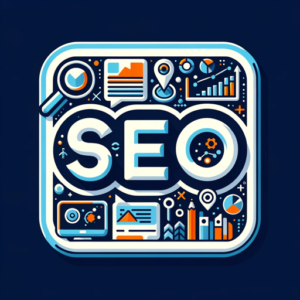
Five Most Important SEO Metrics
The Five Most Important SEO Metrics I recently came across the HubSpot State of Marketing report which showed how companies measure the success of their
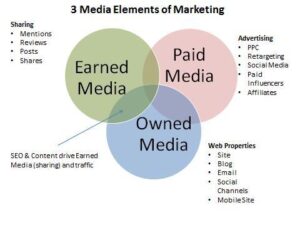
The Three Traffic Sources For Startups
The Three Traffic Sources For Startups I was recently re-reading Randall Stross’s book, The Launch Pad: Inside Y Combinator, Silicon Valley’s Most Exclusive School for

SEO: The Key to Sustainable Business Growth
SEO: The Key to Sustainable Business Growth Search Engine OptimizationIn today’s digital landscape, businesses can no longer afford to underestimate the power of search engine
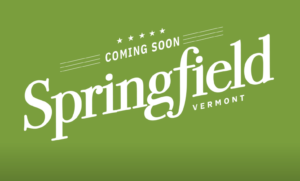
Vermont Web Design
Springfield802.com Partners with Braveheart Digital Marketing to Enhance Online Presence Springfield802.com, the premier digital platform for Springfield, Vermont, today announced a partnership with Braveheart Digital
